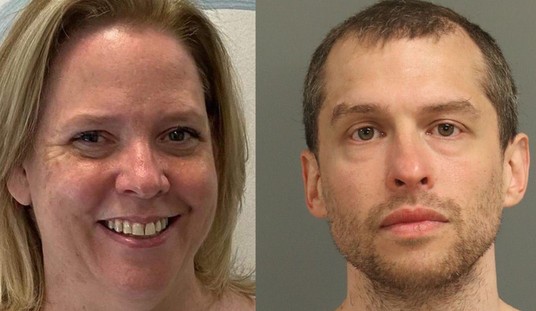
As the RedState Department of History prepares to ring in the new year with its friends, its thoughts, like those of many the world over, go back to the past.
But being a history nut, the Department’s leadership is always thinking about the past, so this should come as no surprise.
Today’s topic for discussion – when the did Second World War really end?
It’s hard enough to get historians to agree on when it started. The generally accepted date is of course September 1, 1939, when German troops invaded Poland. However, the astute student will tell you that war had been raging long before then.
Japan invaded Manchuria in 1931 and China in 1937 – a conflict that lasted until the surrender. Italy invaded Ethopia in 1935. Germans, Italians and Russians fought by proxy n the Spanish Civil War beginning in 1936. And Italy briefly invaded Albania in April 1939.
As it turns out, it’s equally difficult to pin down a date the war ended.
In Europe, that day was May 8, 1945, known as “V-E Day“. On that date the German armed forces surrendered, but even then they had to do it more than once. The main surrender occurred in Reims, France, at General Eisenhower’s headquarters, but Stalin wanted a separate surrender so the Germans also surrendered to the Soviets in Berlin.
In the Pacific, “V-J Day” was September 2, 1945, after the Japanese surrendered to the Allies aboard the U.S.S. Missouri in Tokyo Bay.
But technically, the war was not over. That’s why this date is important.
On this date in 1946, President Harry Truman signed Proclamation 2714, which officially ended hostilities against both Japan and Germany. The proclamation read in part:
With spirit, through faith, with a determination that there shall be no more wars of aggression calculated to enslave the peoples of the world and destroy their civilization, and with the guidance of Almighty Providence great gains have been made in translating military victory into permanent peace.
So why the wait?
In short, the answer was occupation troops. In order to justify the placement of occupation troops in Japan and Germany, formal cessation of hostilities needed to wait. After the International Military Tribunal held trials in Nuremberg and Tokyo, there was no longer a need for formal hostilities to exist.
This is why the United States government recognizes its World War II veterans as having served between December 7, 1941 and December 31, 1946.
However, the actual state of war with the Germans and Japanese would go on for another five years.
On September 8, 1951, Truman signed the Japanese Peace Treaty in San Francisco along with representatives of 48 other nations. This treaty formally ended the war and restored Japanese sovereignty when it came into full effect in April 1952.
And just over a month later — on October 19, 1951 – Truman signed Public Law 82-181, which by Congressional action formally repealed the state of war between the United States and Germany.
So when the did war end? When did it start? That’s for historians to argue. But on paper at least, the war went on long after 1945, even though there were no casualties on the fields of battle.
That isn’t to say there weren’t casualties after the war, but that isn’t the purpose of this entry. War is a complicated thing — just one reason why civilized nations do everything they can to avoid it.
Happy New Year and enjoy today’s open thread!













Join the conversation as a VIP Member